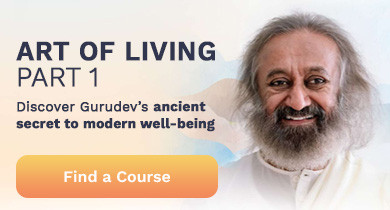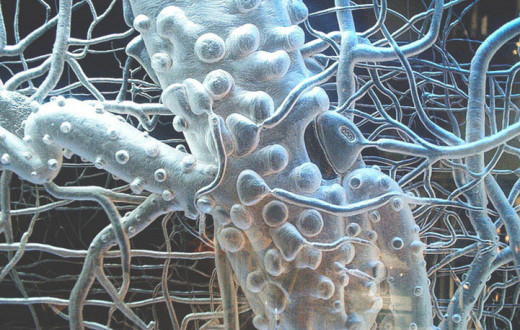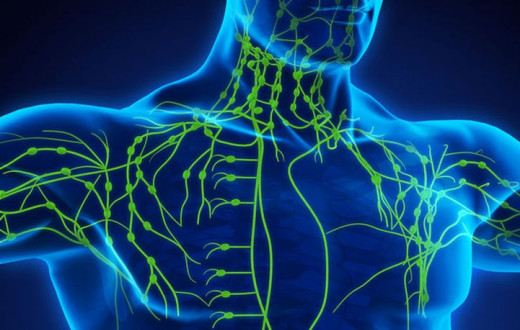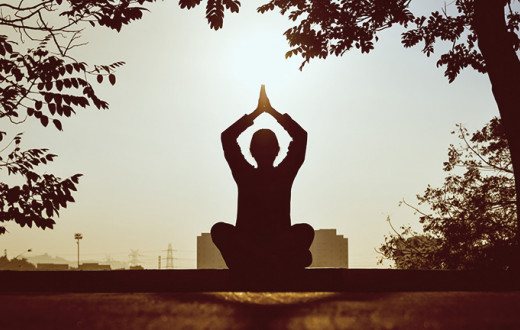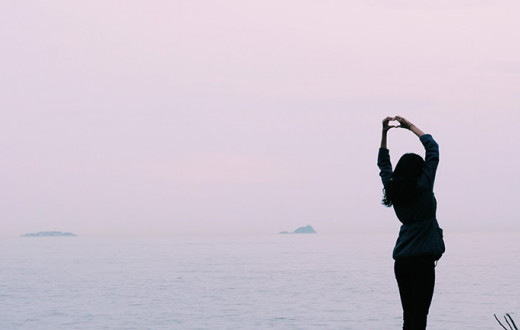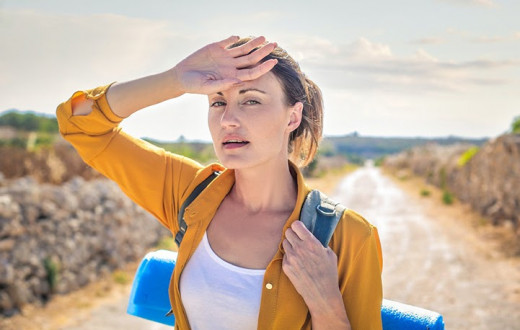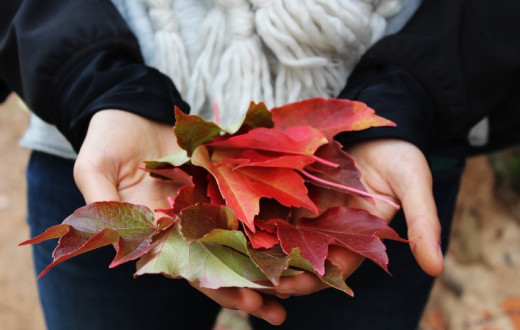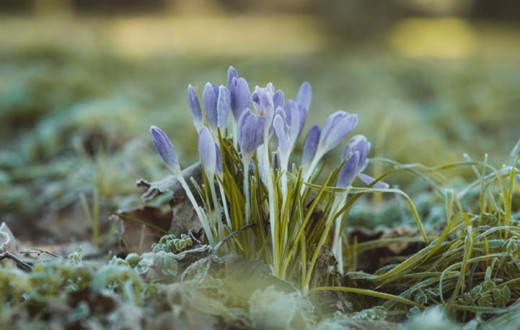By Dr. Birjoo Vaishnav | Posted: March 16, 2020
As the COVID-19 epidemic began to spin out of national boundaries, something curious started happening in the US. One of my friends called me to ask if I’d like to come with them to one of the big wholesaler shops to get anything, as they were readying for the pandemic. I was a bit amused: should I really be preparing at this level? Half an hour later, I got another call from the same friend, reporting that the store looked as if it was ransacked! In fact, most stores started running out of hand sanitizer, thermometers, filtered water, and even toilet paper.
Perhaps the etymological root “pan” in the word pandemic is also the root of “panic”. It’s an amusing thought, but panic in the public now seemed to be spreading faster than the actual virus! A month ago, reports of thousands dying in China, and it being in lock down, did not elicit such a response here in the US, as the threat was not yet so real. What changed? The possibility of being infected now is no longer a distant one, with the number of cases reported each day rising exponentially.
Amidst all this, it is worth pausing to consider the following questions. What does this show us about the world we live in? What is deadlier than coronavirus and mightier than any medicine for it?
Your mind is your greatest defense
Perhaps it is the belief that the mind invests itself in. The enlightened Master Ashtavakra, amidst the song that led to the enlightenment of his erudite disciple Janaka, chided him, saying “yaa matih saa gatirbhavet” - as you think, so you become! Even though this incident is ancient, the principle still reigns true!
In medical research literature, there is an effect hinting at this power of belief, called the nocebo effect. If a patient is briefed about negative side effects of a drug and then given a sugar pill, the patient will often still show the side effects described, despite not having received the actual drug. These reactions are measurably physical, affecting the patient at all levels, and on all systems. There is a term for this called somatization: when emotions or mindsets physically affect the body. Under increased pressures and stress, our mind clings to the negative.
In order to free the mind from these tendencies, we need an enhanced sense of self-awareness. Recognizing that control can be regained, by letting go of the imagination and disinvesting from the belief or focus on the doomsday scenarios, opens the way to freedom.
The danger of underestimating the pandemic
This is not to downplay the actual risk of the pandemic in any way. Though most people do not die from the virus, it does make people a vehicle to spread itself for several days prior to even showing any symptoms, if symptoms arise at all. Even an unwitting person with no symptoms who does not observe proper hygiene recommendations can become the messenger of death for any unfortunate person from the at-risk population down the line (older people, patients with pre-existing chronic health conditions, or those immunocompromised due to medical treatments like chemotherapy). Given the lack of vaccines or suppressants for this novel virus, the mortality of the at risk population is several times higher than from the flu virus. Therein lies the reason to be cautious instead of complacent. If by washing my hands, not touching my face, or not shaking hands, I can prevent even one person from losing their life, why not?
Treading the fine line: responsibility and panic
The first step toward treading the fine line is to understand what lies on either side. Panic can be a visceral somatic experience for some, but before it gets to panic, it starts out as a thought, an idea, a possibility, which triggers the fight or flight response in the nervous system. The way back to the fine line can be twofold. One is to recognize all that can be done and to do it. The second is to recognize all that is merely an imagination about what can happen, for which there is nothing that can be done. Dropping the second and not letting it come in the way of the first is an essential step to a reasonable reaction.
One also needs to recognize the other side of the line: complacency and irresponsibility, which may be due to laziness, recklessness, or merely avoidance of dealing with the fear of the pandemic. Each of this, in turn, results from a lower energy level, resulting from either a weak body or a weak mind or an intellect caught up in ignorance. That also can land one in deep trouble, and not only oneself, but also loved ones and people around us. What is needed in this case is again a way to boost the energy level, to become vivacious, at which point it is easy to differentiate knowledge from ignorance!
Hyperactivity versus inaction
There is a fine line between the extreme reactions of hyperactivity and being complacent or inactive, in either case overestimating or underestimating the risk.
Panic leads to a self-fulfilling prophecy, but at the same time, it is important to prepare within reason and not go overboard. It is important to walk the fine line.
Wisdom is to take the responsibility to be hygienic and careful in not being a vehicle of the virus, while at the same time practicing mental hygiene to keep the mind free from fear and anxiety. By encouraging or allowing the doomsday scenarios to run on repeat in our inner screen, we are not helping boost our immune system. Unwittingly, by entertaining either narrative--a callous, careless one, or the anxious, hyper one--we are helping the spread of the pandemic both to our own loved ones as well as others. After all, if the stores run out of sanitizer because a few people hoarded it, nobody wins in the end--when we act selfishly, the risk for us all rises.
Utilizing your energy
How can one elevate energy levels practically? First, recognize that the mind is not independent of the body. The best kept secret link between the mind and the body is the breath. Even people who have had extensive training in meditation sometimes take this for granted.
If you pause as you are reading this to check in with your breath, you may notice that either the stomach or shoulders or back may be holding a bit of tension and not opening up to its capacity with the inhalation. Notice what happens with the simple act of acknowledging this. Every few minutes the body tightens up, obstructing the breath. It is a fascinating exercise to try and catch this phenomenon, every hour or two, and see what happens just with a few deep breaths. This awareness began to develop for me after learning Sudarshan Kriya, and became much easier after immersing in the Art of Silence retreat. These courses radically altered the way I reacted to a situation which would otherwise cause panic.
I highly recommend you to join this online master class on “HOW TO CALM YOUR MIND AND TRANSFORM YOUR LIFE” for FREE to learn more about the power of breath and Sudarshan Kriya.
A few decades ago, prior to landing up in an Art of Living immersive program by accident, I could not have imagined treading the fine line between the two: skeptic dismissal in name of reason vs anxious overreaction in light of the growing evidence of risk. I probably would have been on one side or other of it, depending on whether anyone I knew was at risk for it or not. But thanks to the high-yield weekend training to develop the skill of handling the mind through breath, and then silent retreats offered to continue the training, the possibility of treading the fine line today seems within reach for me and for many others.
There are several articles on this blog by experienced meditation teachers that go into various techniques of breath, as well as numerous videos on the Art of Living Journey app that delve into this. Until the access to Art of Living in-person courses becomes available once again, it is good to utilize and share these online resources and connect with your local Art of Living teacher through the many online platforms offered.
What you can do to prevent the spread of COVID-19
Resolve to commit to hand hygiene, physical awareness of what you touch, and abide by precautions not to touch your face after touching public objects. But don’t just stop at that. Let this be an opportunity for us to attend to the skill of treading the fine line. Life throws many difficult trade-offs, confusions, challenges, and conundrums our way. Like puzzles, these can be taken as exercises that help us to unlock subtle skills, the capacity to take on bigger challenges, of walking the metaphorical tightrope with higher and higher stakes. Let us embrace that challenge, and support each other in our growth.
Let us take responsibility for hygiene not just at the physical level, but also at the mental, emotional, and intellectual levels. Just like hand wash, we need to learn how to mind wash too, through meditation, Sudarshan Kriya, silence, and mantra meditations, and break the link propagating panic, fear, or conspiracy theories.
Let us resolve to help and protect not just ourselves but also one another, for it is in moving together that life on this planet has evolved and sustained, as one human family! Perhaps this virus has come to unite the world and evolve humanity in a way nothing else did! Let’s make the best of this opportunity for personal and global growth.
Read more insightful blogs at: Coping During COVID-19

Dr. Birjoo Vaishnav is a Radiation Oncology Physicist at Mayo Clinic whose thesis on binary black holes helped with the discovery and 2017 Nobel Prize to LIGO team. Helping with the post 9/11 trauma relief inspired him to train under guidance of Gurudev Sri Sri Ravi Shankar and has served thousands as a meditation and silence retreat coach.
